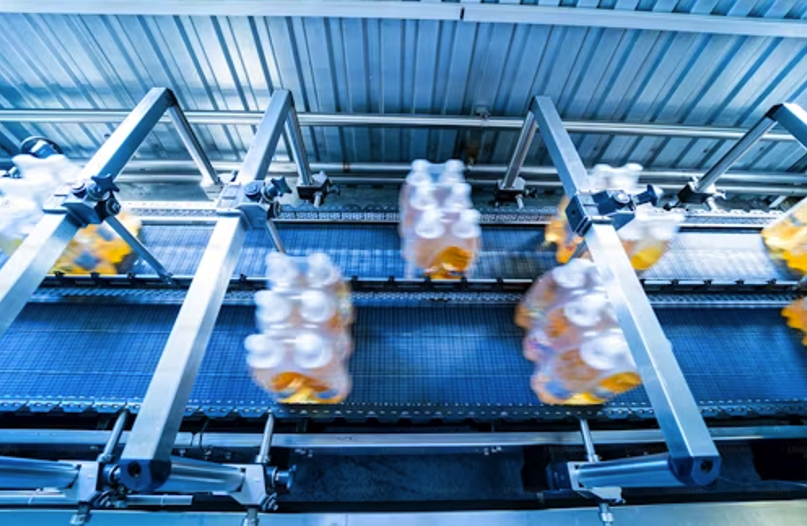How Weather Changes Can Affect Pest Activity in Plumbing Systems
RH Business Marketing Solutions
Extreme temperature changes, heavy rain, and seasonal weather changes directly affect the behavior of urban pests like rats and roaches, who search for warmth and shelter inside our plumbing systems.
In this article, we’ll dive into the reasons behind this phenomenon and explain how weather changes can affect pest activity in our plumbing systems.
1. Heavy Rainfall
Heavy rain events and storms make cockroaches and rats seek shelter. They will search for hiding spots to protect themselves from the rain. Unfortunately, most of the time that means a pipe that leads directly to our homes.
Heavy rainfall can also cause flooding and sewer backups, which can force sewer roaches out of the drains. Although being a rare event, rats can also invade your home by swimming their way out of your toilet (yikes).
2. Extreme Temperature Changes
During both the freezing winter months and the scorching hot summer days, common urban pests find shelter inside our plumbing systems. In winter, these systems are a protection against the cold; in summer, they trap moisture that cools down temperatures.
3. Seasonal Changes
Seasonal changes can also influence pests' behavior. As the weather conditions change each season, resources that become scarce on the outside are found concentrated in our plumbing pipes:
● Humidity: Pests tend to go after humid environments because they usually signal the presence of water sources. Many pests are attracted to moisture, like mosquitoes, because it is a crucial resource for their reproductive cycle. Especially during periods of drought and heat, the humidity in our plumbing systems seems particularly attractive to opportunistic pests.
● Food resources: Rats and roaches get in our drains and pipes because of the food residue that gets stuck in their walls. As these resources become limited in winter, they will start to search for these resources in our plumbing systems.
Why Do Pests Invade Our Plumbing Systems?
Urban pests generally look for places that are warm and humid, and where they can find food. Our plumbing systems happen to offer them all of that. Pests particularly enjoy warm temperatures and high humidity because:
● They are cold-blooded: Some of the most common household pests are cold-blooded animals, meaning they depend on a warm environment to regulate their body temperature (like termites, cockroaches, and mosquitoes).
● They lose heat quickly: Other warm-blooded pests, like rodents (rats and mice), lose body heat very quickly because of their small size. Because of that, they need warm places where they can maintain their body heat.
● They need water: Water is a vital component to many of the pests' nutrition and life-cycle (like mosquitoes, which lay eggs in still water, and termites, which reproduce after rain events).
Think of it this way: We all like shelter and food, and urban pests are not that different. But the downside is that this can sometimes result in a nasty surprise in your bathroom or kitchen.
How Climate Change Affects Pest Activity
Climate change also impacts pest activity in urban environments mostly because of two interconnected factors: The increased frequency of extreme weather events and the overall warming of temperatures.
● Climate change causes warmer-than-average temperatures and prolonged heat periods. At the same time, urban areas experience the phenomenon known as “urban heat islands,” which consist of the rise in the temperature inside metropolitan areas.
Consequently, the seasonal changes that would naturally decrease pests’ reproduction and activity get disrupted, resulting in larger populations of urban pests
● Additionally, the increased frequency of heavy rainfall, harsher winters, and prolonged droughts drive pests to invade our plumbing systems and homes, as explained previously. The combination of these factors creates a true challenge in management and pest control efforts.
How to Prevent Pests From Entering Your Home
Now you might be asking: “What can I do to prevent pests from entering my home?” We’ve gathered some pest-prevention strategies to protect your home against these unwanted guests:
● Seal any cracks, holes, or entry points that you can find in drain and water pipes so these pests won’t have easy access to your home. Seal the gaps in the walls around your pipes as well.
● Fix any leaks that you might find in pipes or faucets to prevent moisture accumulation in your home, which will attract pests.
● Protect drains with a drain cover. Rats and cockroaches have a preference to roam at night, so don’t forget to cover your drains before you sleep.
● Take the trash out regularly. Similarly, keep sinks and kitchen tools clean and free of food residue, as food scraps and particles are highly attractive to these swift home invaders.
Conclusion
Weather changes like heavy rainfall, extreme temperature changes, and other seasonal weather shifts greatly affect urban pests, causing the\m to invade our plumbing systems in search of warmth, humidity, and food. In this context, regular inspections and maintenance practices become crucial to prevent these pesky pests from invading our homes.
Teresa is a creative writer who holds a Master's degree in Psychology. Despite being a nature lover, she is terrified of cockroaches. As a native of the tropics, she is used to dealing with mosquitoes, although they still manage to bother her. Her favorite things are art, music, and playing with her two cats.















